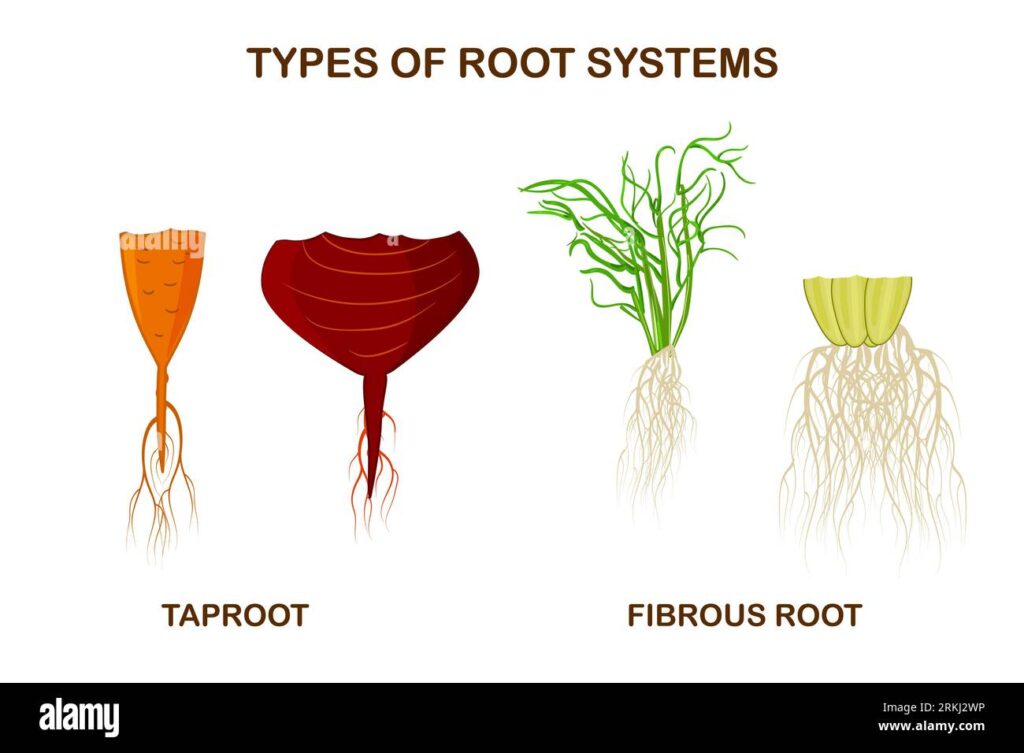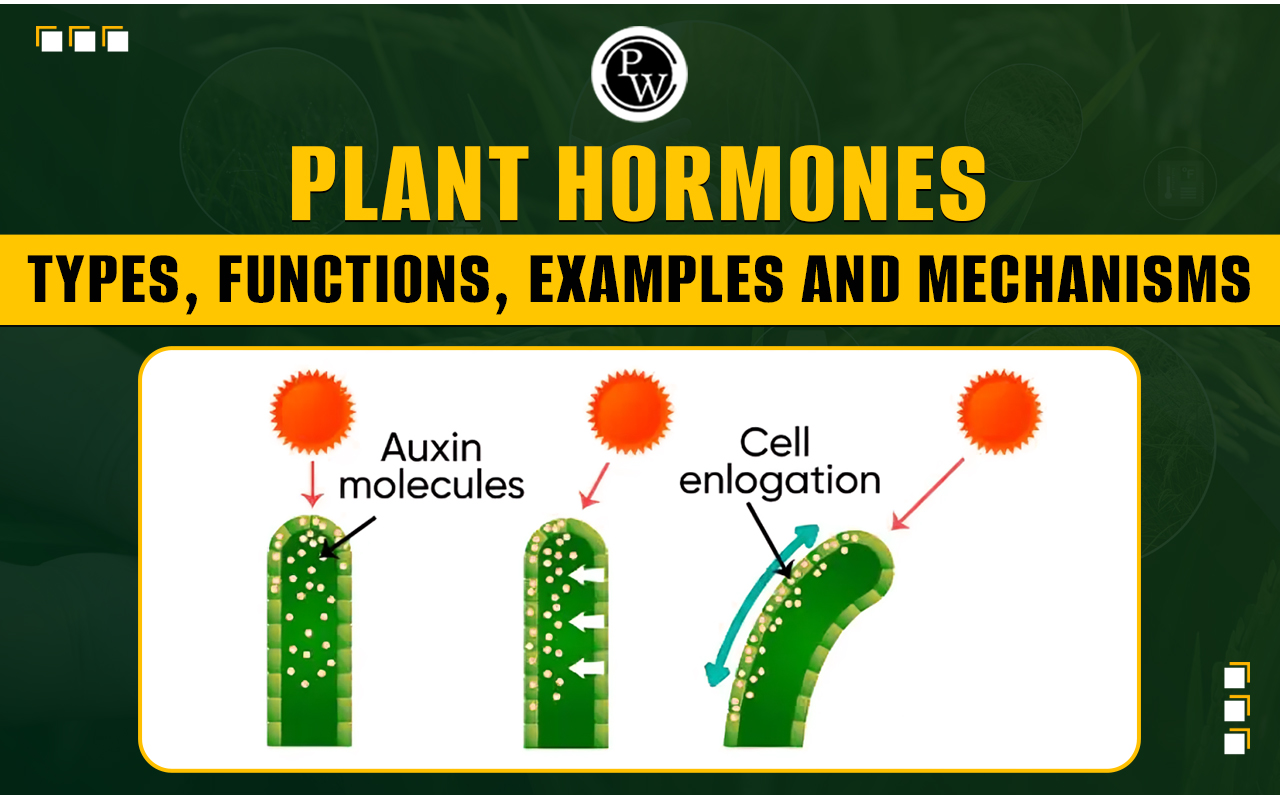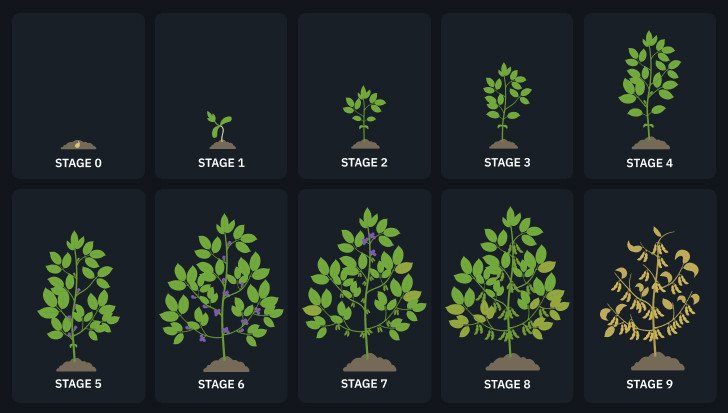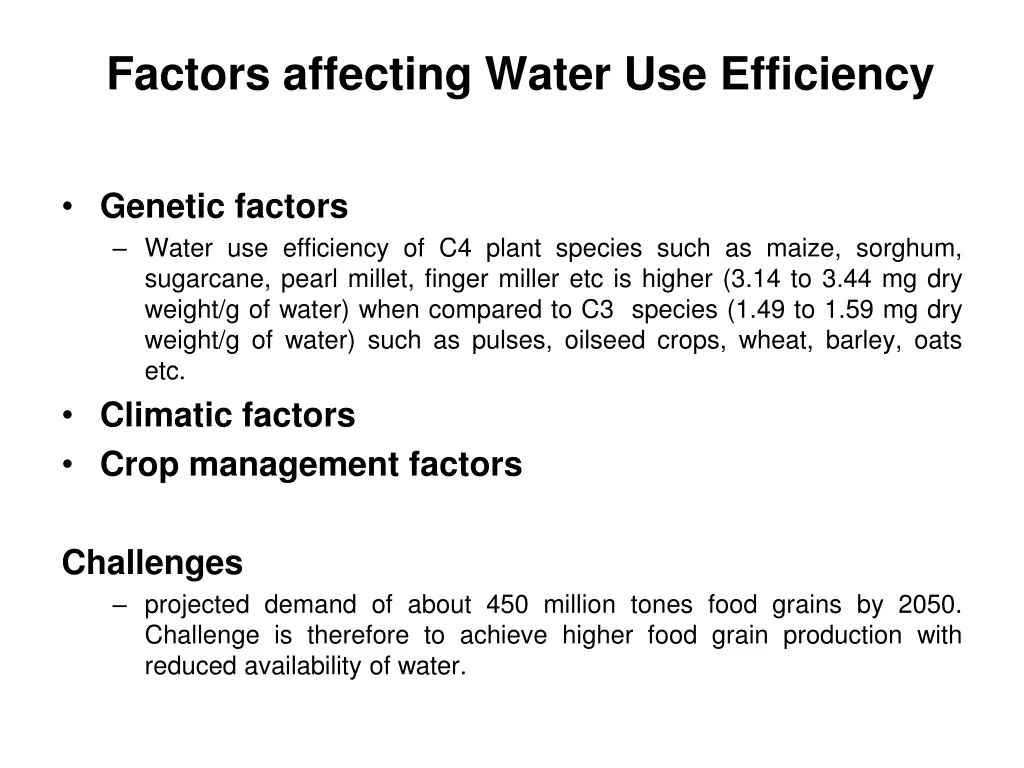
The world above us, with its vibrant colors, rustling leaves, and the dance of sunlight, often captures our attention. We marvel at the towering trees, the delicate blossoms, and the lush green carpets that adorn our landscapes. But beneath this spectacle lies a hidden kingdom, a subterranean realm of vital importance: the plant root system. This intricate network, often unseen and unappreciated, is the very foundation upon which plant life thrives. Understanding the complexities and functions of these roots is crucial not only for appreciating the natural world but also for advancing sustainable agriculture and conservation efforts.
The Unseen Architects: What is a Root System?
Imagine a vast, interconnected network, a silent city teeming with activity, hidden beneath the soil. This is the root system, the often-overlooked half of a plant’s existence. Unlike the aerial parts that we readily observe, the roots are concealed from view, toiling away in the darkness. They serve as the plant’s primary anchor, providing stability and support against the forces of wind and gravity. But their role extends far beyond mere anchorage.
Root systems are incredibly diverse, adapting to a wide array of environments. From the shallow, spreading roots of grasses to the deep, taproots of trees, the architecture of a root system is a testament to the plant’s evolutionary journey. The primary root, which emerges from the seed during germination, is often the first to delve into the soil. It then gives rise to secondary roots, which branch out and further explore the surrounding environment. Fine root hairs, microscopic extensions of the root cells, dramatically increase the surface area available for absorption.
Types of Root Systems
There are two primary types of root systems:
- Taproot Systems: Characterized by a single, dominant primary root that grows vertically downward. This taproot can penetrate deep into the soil, providing excellent anchorage and access to water and nutrients deep below the surface. Trees, such as oak and carrot plants, often exhibit taproot systems.
- Fibrous Root Systems: Composed of a dense network of many equally sized roots that spread out horizontally near the soil surface. These systems are particularly effective at absorbing water and nutrients from the topsoil. Grasses and many monocotyledonous plants, like corn, typically have fibrous root systems.
The Multifaceted Roles of Roots: More Than Just Anchors
The importance of roots extends far beyond simply holding a plant upright. They are the plant’s lifeline, responsible for a multitude of essential functions that underpin plant survival and growth. Consider these critical roles:
1. Absorption: The Thirst and Hunger of Plants
Perhaps the most vital function of the root system is the absorption of water and essential nutrients from the soil. Water is absorbed through osmosis, a process where water moves from an area of high concentration to an area of low concentration. Root hairs, with their enormous surface area, are the primary sites of water absorption. Nutrients, such as nitrogen, phosphorus, and potassium, are absorbed in the form of ions. This process requires energy and is facilitated by specialized transport proteins in the root cell membranes.
2. Anchorage: Standing Tall Against the Elements
The root system acts as the plant’s anchor, securing it firmly in the ground. This is particularly important for tall trees and plants exposed to strong winds. The extent and depth of the root system are directly related to the plant’s size and the environmental conditions. A well-developed root system provides stability and prevents the plant from being uprooted by wind, rain, or other disturbances.
3. Storage: A Pantry for the Plant
Roots often serve as storage organs, accumulating carbohydrates (sugars) produced during photosynthesis. These stored reserves can be used to fuel growth, particularly during periods of dormancy or when the plant’s above-ground parts are damaged. Carrots, beets, and sweet potatoes are examples of root vegetables that store significant amounts of energy in their roots.
4. Synthesis: Building Blocks for Life
Roots also play a role in the synthesis of certain compounds, including some hormones and secondary metabolites that are important for plant defense and communication. They are not just passive absorbers; they are active participants in the plant’s overall physiology.
5. Symbiotic Relationships: The Root’s Social Network
Roots engage in complex symbiotic relationships with other organisms, particularly fungi and bacteria. These relationships are mutually beneficial, with the plant receiving assistance in nutrient uptake and the microorganisms receiving carbohydrates from the plant. Mycorrhizae, a type of symbiotic fungi, form a network around the roots, extending the reach of the root system and enhancing its ability to absorb nutrients. Nitrogen-fixing bacteria, found in root nodules of legumes, convert atmospheric nitrogen into a form that plants can use.
Delving Deeper: The Anatomy of a Root
To truly understand the workings of a root system, we must examine its internal structure. The root is composed of several distinct zones, each with its own specialized function.
1. Root Cap: The Protective Shield
At the very tip of the root lies the root cap, a thimble-shaped structure composed of cells that protect the delicate root meristem (the growing point) as it pushes through the soil. The root cap cells are constantly sloughed off and replaced, ensuring that the root can continue to grow without being damaged.
2. Zone of Cell Division: The Growth Engine
Just behind the root cap is the zone of cell division, where the root meristem is located. This is where new cells are produced through mitosis, fueling the growth of the root. The cells in this zone are small and have thin walls.
3. Zone of Elongation: The Stretching Zone
Following the zone of cell division is the zone of elongation, where the newly formed cells rapidly elongate, pushing the root deeper into the soil. This elongation is driven by water uptake and the expansion of cell vacuoles.
4. Zone of Maturation: The Functional Zone
The zone of maturation is where the cells differentiate and become specialized. Root hairs develop in this zone, increasing the surface area for water and nutrient absorption. The vascular tissues, xylem and phloem, also mature in this zone, allowing for the transport of water, nutrients, and sugars throughout the plant.
Internal Structure of a Root
- Epidermis: The outermost layer of cells, which protects the inner tissues and absorbs water and nutrients.
- Cortex: A layer of parenchyma cells that surrounds the vascular cylinder. The cortex stores food and transports water and nutrients.
- Endodermis: A single layer of cells that surrounds the vascular cylinder and regulates the movement of water and nutrients into the xylem.
- Vascular Cylinder: The central core of the root, containing the xylem and phloem. Xylem transports water and minerals from the roots to the rest of the plant, while phloem transports sugars produced during photosynthesis.
Factors Influencing Root Development: A Delicate Balance
The development and function of a root system are influenced by a variety of environmental factors. Understanding these factors is crucial for optimizing plant growth and health.
1. Soil Composition: The Foundation of Growth
The type of soil has a profound impact on root development. Different soil types have different textures, water-holding capacities, and nutrient levels. Well-drained, loamy soils are generally ideal for root growth, as they provide a good balance of air, water, and nutrients. Compacted soils, on the other hand, can restrict root growth and impede water and nutrient uptake.
2. Water Availability: The Lifeblood of Plants
Water is essential for root growth and function. Adequate water availability is crucial for cell expansion, nutrient uptake, and photosynthesis. Both too much and too little water can negatively affect root development. Waterlogged soils can lead to root rot, while drought conditions can limit root growth and water absorption.
3. Nutrient Availability: Feeding the Roots
Plants require a variety of nutrients for growth and development. These nutrients are absorbed from the soil by the roots. The availability of these nutrients can significantly impact root growth and function. Deficiencies in essential nutrients can lead to stunted root growth and reduced nutrient uptake.
4. Oxygen Availability: Breathing for the Roots
Roots require oxygen for respiration, the process that provides energy for growth and nutrient uptake. Oxygen is present in the air spaces within the soil. Poorly aerated soils, such as those that are waterlogged, can limit oxygen availability and lead to root death.
5. Temperature: Setting the Pace
Temperature also plays a role in root development. Root growth is generally optimal within a specific temperature range. Extremely high or low temperatures can inhibit root growth and function. Soil temperature can also influence the rate of water and nutrient absorption.
6. pH Level: The Soil’s Acidity or Alkalinity
The pH of the soil, which measures its acidity or alkalinity, can affect the availability of nutrients. Most plants thrive in a slightly acidic to neutral soil pH range. Extreme pH levels can limit nutrient uptake and inhibit root growth.
Root Systems and Agriculture: Cultivating a Healthy Foundation
The health and vigor of a plant’s root system are directly linked to its overall health and productivity. In agriculture, understanding root systems is essential for maximizing crop yields and ensuring sustainable farming practices.
1. Soil Management: Creating a Favorable Environment
Proper soil management practices are crucial for promoting healthy root development. This includes practices such as:
- Tilling: Breaking up compacted soil to improve aeration and water infiltration.
- Cover Cropping: Planting non-cash crops to improve soil structure, prevent erosion, and add organic matter.
- Crop Rotation: Rotating different crops to improve soil health and reduce pest and disease pressure.
- Composting and Fertilization: Adding organic matter and nutrients to the soil to enhance fertility.
2. Irrigation: Supplying Water Efficiently
Efficient irrigation practices are essential for providing plants with adequate water without overwatering or causing waterlogging. This includes using irrigation methods that deliver water directly to the root zone, such as drip irrigation, and monitoring soil moisture levels.
3. Nutrient Management: Balancing the Diet
Proper nutrient management involves providing plants with the essential nutrients they need in the correct amounts. This includes soil testing to determine nutrient deficiencies and applying fertilizers as needed. Over-fertilization can lead to nutrient imbalances and environmental problems.
4. Disease and Pest Management: Protecting the Roots
Root diseases and pests can severely damage root systems, leading to reduced plant growth and yield. Integrated pest management (IPM) strategies, which combine cultural, biological, and chemical control methods, are used to minimize the impact of these threats.
Root Systems and the Environment: A Symbiotic Relationship
Root systems play a vital role in maintaining the health of our environment. They contribute to soil stability, water quality, and carbon sequestration.
1. Soil Erosion Control: Holding the Earth Together
Root systems help to prevent soil erosion by binding the soil particles together, anchoring the plants, and reducing the impact of raindrops. This is particularly important in areas with steep slopes or high rainfall.
2. Water Filtration: Cleaning the Water Supply
Roots help to filter water as it moves through the soil, removing pollutants and contaminants. This process helps to improve water quality and protect aquatic ecosystems.
3. Carbon Sequestration: Fighting Climate Change
Roots play a critical role in carbon sequestration, the process of removing carbon dioxide from the atmosphere and storing it in the soil. Plants absorb carbon dioxide during photosynthesis, and a portion of this carbon is transferred to the roots and stored in the soil. This helps to mitigate climate change by reducing the amount of greenhouse gases in the atmosphere.
4. Habitat Provision: Supporting Biodiversity
Root systems provide habitat for a wide range of organisms, including insects, worms, fungi, and bacteria. These organisms play important roles in soil health and nutrient cycling, contributing to the overall biodiversity of the ecosystem.
Root System Research: Unraveling the Mysteries
Scientists are continuously studying root systems to gain a deeper understanding of their structure, function, and interactions with the environment. This research is crucial for addressing challenges related to food security, climate change, and environmental sustainability.
1. Advanced Imaging Techniques: Seeing the Unseen
Researchers are using advanced imaging techniques, such as X-ray computed tomography (CT) and magnetic resonance imaging (MRI), to visualize root systems in three dimensions without disturbing the soil. This allows them to study root architecture, growth patterns, and interactions with the soil environment in unprecedented detail.
2. Molecular Biology and Genetics: Deciphering the Code
Molecular biology and genetic studies are being used to identify the genes and proteins that control root development, nutrient uptake, and interactions with microorganisms. This knowledge can be used to develop crops with improved root systems that are more efficient at absorbing water and nutrients.
3. Modeling and Simulation: Predicting the Future
Computer models and simulations are being used to predict how root systems will respond to different environmental conditions, such as climate change and changes in soil management practices. This information can be used to develop strategies for adapting to these challenges.
Conclusion: Appreciating the Hidden Power
The plant root system, often hidden from our view, is a marvel of nature, a complex and dynamic network that underpins the health and vitality of the plant kingdom. From absorbing water and nutrients to anchoring plants and contributing to environmental sustainability, roots play an indispensable role in the world around us. By understanding the intricacies of root systems, we can better appreciate the interconnectedness of life and strive to cultivate a more sustainable and resilient future. Whether you’re a seasoned gardener, a budding botanist, or simply someone who appreciates the beauty of the natural world, taking the time to understand the hidden kingdom of plant roots is a worthwhile endeavor. So, the next time you see a flourishing plant, remember the silent work happening beneath the surface, the unseen architects of life’s grand design.


